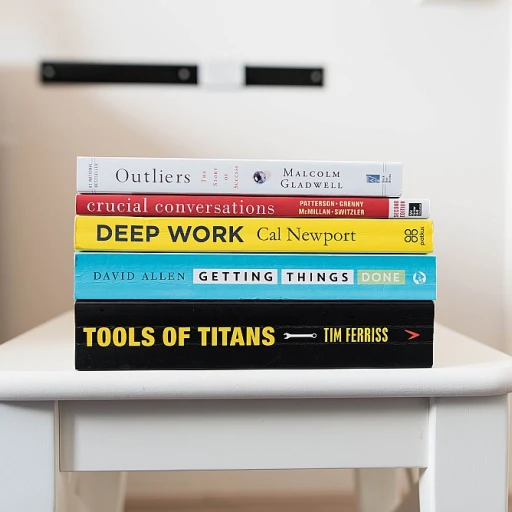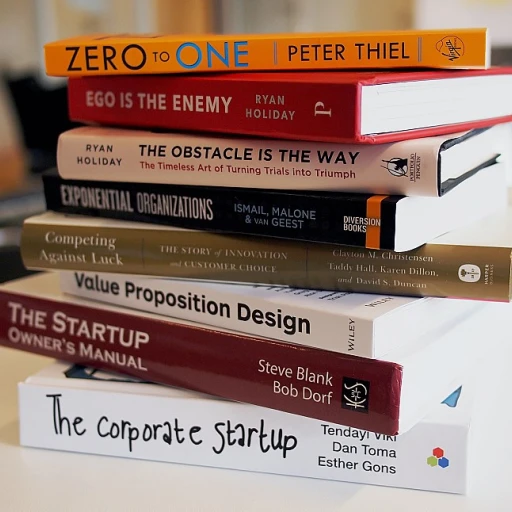
Understanding Duolingo Leagues
Decoding the Functionality of Duolingo Leagues
Duolingo, a widely used language learning app, offers a unique motivation tool through its league system. This feature is designed to enhance learning and create an engaging experience for users. By joining one of these leagues, language learners enter a weekly tournament setting where they compete with others to accumulate points and climb the ranks. The leagues start from the lowest Bronze level and go all the way up to the illustrious Diamond league, an achievement for top performers. Each learner's progress is measured by the number of XP (experience points) they earn through completing lessons and participating in timed challenges. This setup injects an element of competition into the otherwise individual pursuit of language learning. Every week, users compete to finish top in their respective duolingo leagues. The rewards for excelling are manifold, with top advance positions leading to progression to higher leagues. Conversely, those at the bottom demote may find themselves slipping down the ranks. Such a format ensures that people remain engaged and motivated to learn, as they aspire to reach the diamond tournament, the pinnacle of the league system. It's not just about competing, though; duolingo promotes a balanced approach, encouraging users to improve their language skills while providing a healthy dose of competition. League members find themselves driven to enhance their language skills, be it English or any of the various languages available, without diverting from the primary goal of learning. For those with a keen interest in continuous growth and understanding how e-learning platforms like Duolingo cater to varied learning approaches, exploring continuous learning dynamics could provide valuable insights. Embrace the future and align your learning objectives with platforms that offer dynamic, engaging experiences.The Competitive Edge: Motivation and Engagement
The Drive of Competition in the Duolingo Environment
Duolingo's league system serves as a fascinating catalyst for motivation and user engagement. As language learners progress through various leagues, the element of competition acts as a powerful driver. Every week, duolingo users find themselves immersed in a dynamic tournament environment that sharpens their focus and determination to climb the ranks. One of the standout aspects of Duolingo’s approach is its structured league mechanics. Whether you start at a beginner level or find yourself vying for top positions in the diamond league, the competitive edge encourages learners to complete lessons with increased diligence. This carefully crafted system nudges individuals to maintain a weekly engagement, ensuring consistent practice and growth in language skills. Moreover, the psychological aspects tied to this competition cannot be overstated. Being part of a user league creates an avenue for individuals to pit their progress against peers, nurturing a healthy sense of rivalry and achievement. Those finishing at the top have the added incentive of basking in recognition and accruing rewards that reinforce their success. The design of these leagues Duolingo offers is geared towards maximizing user involvement. By challenging users with timed challenges and providing a visible leaderboard, the platform effectively sustains interest and commitment to language learning. Many learners testify that their engagement with Duolingo leagues has significantly boosted their motivation, urging them to invest more time and complete lessons diligently to emerge as top performers. For those eager to delve deeper into understanding how competitive structures can enhance learning outcomes in other contexts, this article on the value of PricewaterhouseCoopers CPE webcasts offers additional insights into the strategic implementation of competition in continuous learning environments.Balancing Competition and Learning
Finding Harmony Between Challenge and Mastery
For language learners using Duolingo, finding the right balance between competition and learning is pivotal. The excitement of climbing the ranks in the various Duolingo leagues, including the renowned diamond league, can act as a strong motivator for users. However, focusing solely on competition could potentially overshadow the primary goal of language learning.
Competition in the leagues, such as the diamond tournament or user league, often encourages learners to complete lessons swiftly. This eagerness can fill the top spots and even elevate a user's league. Nevertheless, education experts emphasize that the essence of learning should not be compromised for speed or competition. Users should prioritize comprehension and vocabulary retention over merely aiming to be top diamond performers.
- Engagement vs. Learning Outcome: The duolingo league system is structured to keep learners engaged through various timed challenges. While this sense of urgency drives users to perform better, learners should be mindful of their overall learning outcome and not just concentrate on avoiding the bottom demote in their league duolingo.
- League Dynamics and Motivation: For some people, the thrill of advancing to the highest league acts as a catalyst for constant practice and continual improvement. Conversely, other language learners might feel constrained by the pressure. It's crucial to recognize that competitive energy should complement the learning process rather than dominate it.
By actively engaging with league members and participating in dynamic duolingo leagues, learners can effectively blend competition with genuine language acquisition. Adjusting to this dual focus helps participants in developing both language skills and competitive aptitude. To learn more about honing these skills, you can explore how continuous improvement practices can further enhance your learning & competitive edge here.
Community and Social Learning
Fostering Connections Through Shared Goals
The power of Duolingo leagues lies not only in competition but also in their capacity to foster a supportive language-learning community. As users engage in the weekly challenges, they might find camaraderie among fellow league members who share the same aspirations of advancing in their language journey. Joining a league on Duolingo offers learners a sense of belonging, where friendly competition is intertwined with support. Users are not only pitted against each other but also encouraged to learn from others. This shared space allows for the exchange of tips, strategies, and encouragement, contributing to an enriched learning experience. Moreover, moving through different leagues, from bronze to the highest tier—diamond league—gives learners an opportunity to connect with a diverse group of people. As individuals climb up from the bottom and strive to finish top positions, they become part of a dynamic network focused on collective growth and achievement. Community engagement can significantly impact motivation and retention. Language learners often find it rewarding to complete lessons alongside others, which reinforces their commitment to learning. It's in these shared experiences that users find additional motivation to progress, push through challenges, and celebrate small victories together. The social aspect inherent in the league system on Duolingo pushes the boundaries of conventional language learning, promoting a holistic approach that invites users to not just learn languages in isolation, but to grow within a vibrant community of fellow learners.Tracking Progress and Setting Goals
Maintain Progress and Aim for New Milestones
When participating in Duolingo leagues, tracking progress becomes key for many language learners. The platform offers users the ability to monitor their standings as they journey through different leagues. This league system enhances their language learning experience by fostering a sense of progress and achievement. By competing weekly to finish top in their respective groups, users not only engage more deeply with the language learning process but also develop a better understanding of their strengths and areas that need improvement. Monitoring personal performance over time and comparing it to the standards of top performers in the diamond league serves as valuable feedback.- Weekly Performance Review: Learners are encouraged to view their progress at the end of each week. This periodic review helps users identify whether their language skills are advancing as desired.
- Goal-Setting for Improvement: Setting realistic language goals can be pivotal for users aiming to climb from one league to another. Whether it’s completing more lessons or engaging more with timed challenges, having these targets can significantly contribute to sustaining motivation.
- Adjusting Strategies: The ability to adapt learning strategies based on tracked performance is invaluable. If a learner notices consistent difficulty in a specific aspect of the English language, for example, they may choose to focus more deliberately on that area.
Adapting to Individual Learning Styles
Adapting to Individual Learning Preferences
Adapting Duolingo Leagues to fit individual learning styles is a dynamic and rewarding process. As learners engage with the language platform, it becomes evident that each user has unique preferences and techniques to optimize their language acquisition. The league system in Duolingo is designed to accommodate a variety of learning strategies, catering to the diverse needs of its global user base.
One of the main advantages of the Duolingo league system is its built-in flexibility, allowing users to tailor their learning experiences. For instance, each week presents an opportunity for learners to either focus intensely on topping the league or to take a more relaxed approach, prioritizing enjoyment and gradual progress. This adaptability encourages users to find their own rhythm in language learning.
Language learners often thrive on competition, yet it's crucial to maintain a balance between winning the diamond tournament and meaningful language acquisition. For some, timed challenges bring excitement and an adrenaline rush, motivating them to complete lessons efficiently. Others may prefer a slower pace, absorbing the material more thoroughly to achieve lasting comprehension. This distinction emphasizes the importance of each learner determining their preferred pace and style within the leagues.
In addition to personal learning speeds, the community aspect of the leagues duolingo can be harnessed to enhance personal growth. Observing top performers can provide valuable insights and inspire learners to adopt new techniques and strategies. Alongside accessing the league, learners can set personalized goals, track their progress, and gradually refine their approach to rise through the leagues, reaching goals they previously deemed unattainable.
The dual focus on language learning and competition offers a rich experience that allows learners to cultivate not only their language skills but also their ability to adapt and innovate in a competitive environment. As users navigate the league system, they discover the best techniques and strategies tailored to their unique learning preferences, ultimately enriching their Duolingo journey.












